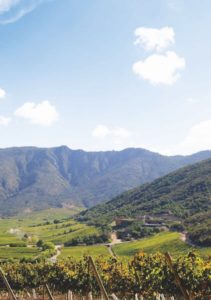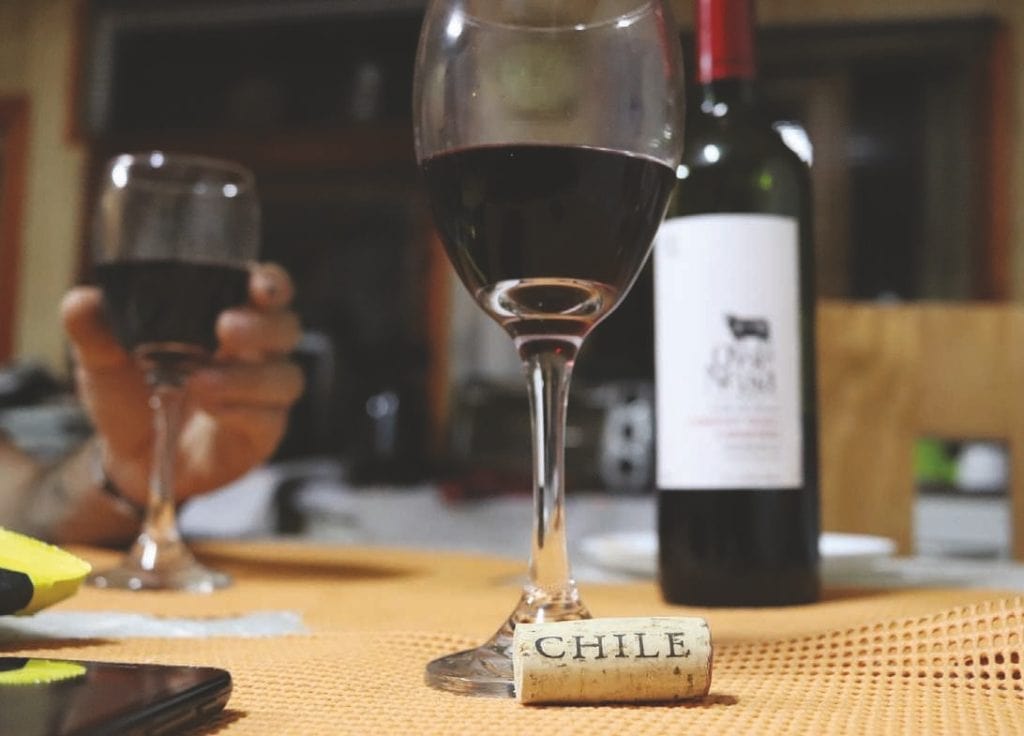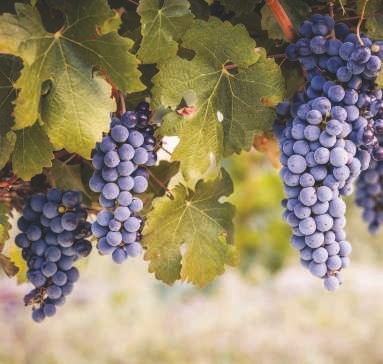Let’s Say Cheers to Chile
Rowena Hawtin reports on a recent tasting of wines from Chile, a country with great potential whose wines have gone from strength to strength in recent years.

Chile has been making wine for over 500 years – since the Spanish conquered the land back in the 16th century. The country had a voracious appetite for wine but it was mostly made from Pais (Criolla Chica in Argentina) which made a thin, rustic red wine that is still made today, but it doesn’t reach the export market as the quality is not high enough for international tastes.
When the country gained independence from Spain in the mid 19th century, immigrants from France and Spain brought a number of cuttings with them such as Cabernet Sauvignon, Merlot, Sauvignon Blanc and Chardonnay, and Chile had a bank of these vines which were free from Phylloxera, the louse which devasted 90% of vineyards in Europe at the end of the 19th century.

Many of these vines still survive today as bush vines which produce intensely concentrated grapes from low yielding vines that make highly sought-after wines. But in the late 1990s the country had a reputation for producing vast quantities of cheap wine – mostly Merlot as land and labour were cheap compared with many other wine producing countries. But today, the country is going from strength to strength in transforming its international reputation from a country that just produced bulk wine to a country that uses the latest techniques in winemaking and is developing new vineyards that express individual wine styles as well as a connection with the place or terroir. For example, the Atacama desert in northern Chile, the driest desert on earth, is now producing top quality wine – albeit a small mount from Tara wines named after the salt flats in the region.
At a recent online tasting I hosted, we tasted three wines from Chile – one white and two red which are ideal to ease you slowly into Autumn as you watch the leaves on the trees turn brown and eventually fall to the ground.
Santa Rita ‘Medalla Real’ Cabernet Sauvignon 2017 Maipu 14%

Cabernet Sauvignon is the most planted red grape in the country and does really well in the warm sunshine to produce ripe grapes and full-bodied wines. This wine comes from Maipu – a sub region in the Central Valley – inland from the coast, so it’s warmer, but at the same time the region benefits from the gaps in the coastal mountains so the breezes can reach the vineyards – cooling them down and lengthening the time on the vine. This grape variety has high tannins, due to the thick skin, and needs a good deal of heat to ensure all the aromatics are ripe as well as the tannins.
This wine is deep ruby with a nose of blackcurrant, menthol and toasty vanilla notes. Aged in French oak, it has ripe, sweet tannins and a long, lingering length. This is a big, full-bodied wine and can take strong or rich flavoured food and will go well with spicy red meat, venison and goose.
Morande One to One Gewurztraminer 2019 Casablanca Valley 13.5%
This aromatic wine accounts for only about 1% of the country’s total production so is a rare find indeed. Produced in the Casablanca valley which is on the Pacific coast, it has the strong sunshine to ensure that the grape fully ripens whilst at the same time, the cool Pacific breezes and the fog that descends on the coast slow down the ripening to make sure that the acidity doesn’t drop too far, but the grape has time for all the aromas to develop.
The wine has intense aromas of lychees, orange blossom, melon, jasmine and is rich on the palate, but at the same time refreshing from the crisp acidity. This aromatic grape variety is the perfect partner for Asian dishes such as Chinese, Thai or mild Indian curries.
Mayu Carmenere Appassimento 14.5%

Carmenere is Chile’s own grape – their signature variety and although originally from Bordeaux where it was used in blends to soften the astringent Cabernet Sauvignon, today it is only found in Chile. For many years, in fact as recently as 1994, it was confused with Merlot so both these grapes were planted in the same vineyard and harvested at the same time which was disastrous as Carmenere ripens earlier than Merlot so you either had ripe Carmenere and unripe Merlot or ripe Merlot and overripe Carmenere. Fortunately, today the grapes are planted separately and managed accordingly, so this grape can produce some extremely good wines when managed properly.
The one we tasted was a rare example of the Italian appassimento method used to produce a Carmenere. The grapes were picked and air dried for two months in the driest place on earth, the Elqui valley, to create a rich, concentrated juice. It has a deep red colour with aromas of dark fruit such as blackberries, plums and cherries, medium tannins, a touch of vanilla and slightly green herbaceous notes.
This wine would go really well with lamb and coriander, lamb kebabs with a touch of spice or even bacon as there is a touch of smokiness in this wine. Or why not try some empanadas and green olives, as the green herbaceous character will complement the olives perfectly!
DISCOVER THE VINE runs regular online wine tastings on Thursday evenings fortnightly. If you enjoy wine and would like to know more, please see my website for my latest tastings.
www.discoverthevine.co.uk #thewinelady
Posted in: Food and Drink
